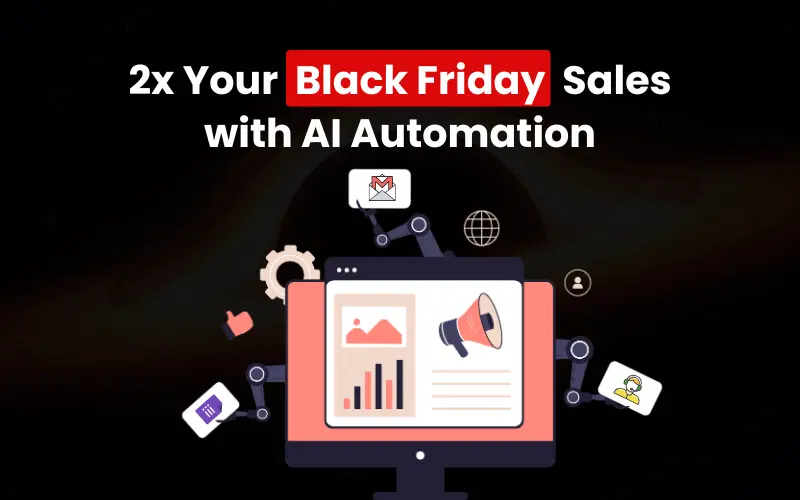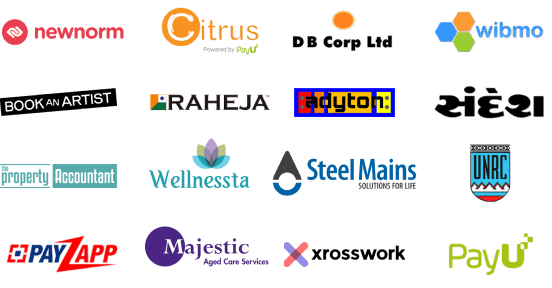Understanding Process Automation AI: Basics and Benefits
Process automation AI taps into artificial intelligence to automate both simple and intricate business workflows. It surpasses traditional automation by embedding smarts—think learning algorithms and language skills—into digital processes. This helps businesses go faster, make fewer mistakes, and run smoother overall.
If you’re a CTO or product manager, knowing what process automation AI brings to the table is key. It’s more than just cutting out manual labor—it's about building smarter systems that learn and improve over time, which means better choices and a more efficient team.
Some of the standout perks include:
- Boosted efficiency: Automating repeat tasks lets team members focus on the big stuff.
- Better accuracy: AI cuts down on human slip-ups in data handling and analysis.
- Rapid decision-making: Instant insights from automated processes help make quick informed decisions.
- Cost-effectiveness: Reducing manual work helps decrease overall expenses.
Real-World Example
Take a mid-size financial company that utilized AI-driven automation for customer onboarding. They used intelligent automation to swiftly verify documents and gather information, doing in minutes what used to take hours. This slashed the time and effort needed, boosting customer satisfaction and saving loads of work hours yearly.
Exploring AI-Driven Automation and Robotic Process Automation (RPA)
AI-driven automation uses AI to complete tasks that need some level of understanding, like interpreting language or identifying images. It strengthens automation with smart features like cognitive processing.
Robotic process automation (RPA), a major piece of this puzzle, uses bots to take care of repetitive, rule-based tasks. Examples include processing payments, updating CRM systems, or managing stock levels.
Differences Between RPA and AI-Driven Automation
- Scope: RPA handles structured, rule-based jobs. AI-driven automation goes after unstructured and decision-based tasks.
- Capabilities: RPA follows set rules, while AI-driven automation learns and grows.
- Use Cases: RPA tackles routine tasks; AI is used for things like chatbots, fraud spotting, and image analysis.
Case Study: Automating Customer Service
A global telecom company brought in a chatbot using AI-driven automation to manage customer inquiries, directing complex issues to human agents when needed. This setup cut response times by 60% and significantly lowered costs.
Intelligent Process Automation: The Next Step
Intelligent process automation (IPA) merges RPA with AI, including machine learning and natural language processing, letting businesses automate complex workflows that need judgment, learning, and adaptability.
This approach lets companies automate entire processes rather than isolated tasks. For instance, IPA can handle everything from data extraction to payment approval for invoice processing with minimal human touch.
Benefits for Product Managers and Agencies
- Enhanced workflows: IPA manages intricate scenarios with fewer manual handoffs.
- Scalability: It adjusts to process changes and scales across different areas easily.
- Improved compliance: Automated tracking ensures regulations are followed.
Implementation Tips
- Target processes that are complex or have varied data.
- Select tools that mesh smoothly with what you already have.
- Set clear goals to measure success and regularly tweak as required.
Hyperautomation: Combining Technologies for Full Automation
Hyperautomation is about leveraging advanced tech like AI, machine learning, RPA, and process mining to automate as much as possible. The aim? A totally automated, smart enterprise.
By bringing multiple automation tools together, hyperautomation achieves more than any one technology could alone. It helps businesses speed up digital transformation, become more agile, and stay competitive.
How Hyperautomation Works
- Process discovery: Tools map out workflows to find what can be automated.
- Automation design: AI and RPA bots handle routine tasks and decision loops.
- Continuous improvement: Systems learn and get better based on performance insights.
Industry Example
A healthcare company applied hyperautomation to manage appointments, billing, and claims. This reduced errors by 70%, quickened billing processes, and boosted patient satisfaction.
Choosing the Right Process Automation AI Platform
For CTOs and agencies trying to decide, think about:
- Integration capabilities: Make sure it fits in well with what you’re already using.
- Scalability: Ensure it can keep up with increased demand.
- Security and compliance: Look for solid data protection and necessary certifications.
- User-friendliness: Aim for easy setup and reliable support.
- Customization: Look for options that let you tailor automation to fit your needs.
Evaluating Licensing and White-Label Options
Agencies might go for white-label platforms to offer automation solutions under their brand. Check the licensing terms, reliability, and something like trial periods to minimize risks.
Ensuring Security and Compliance in AI Process Automation
Trust is key when you're rolling AI into business operations. Protecting sensitive info and sticking to regulations is essential.
- Data encryption: Keep data safe whether it's at rest or moving.
- Access controls: Limit who can access automated processes.
- Audit logs: Keep detailed records of what's happening in your automated systems.
- Compliance standards: Follow GDPR, HIPAA, or any specific industry rules you need to.
When choosing a process automation AI platform, ask about their security measures and how they measure up in terms of compliance.
Future Trends in Process Automation AI
Looking past 2025, process automation AI is set to become even more adaptive, predictive, and autonomous. What’s on the horizon includes:
- More generative AI: For creating content and making complex decisions.
- Seamless integration: Better workflows that connect cloud services, IoT, and edge tech.
- Human-AI collaboration: Systems that enhance human work instead of replacing it.
- Explainable AI: More transparency in AI decisions helps build trust.
Keeping up with these trends will help you keep your automation strategy sharp and effective.
Summary and Next Steps
Process automation AI is evolving fast, reshaping the way businesses operate. From basic RPA to advanced hyperautomation, these tools enhance speed, accuracy, and flexibility. For CTOs, product managers, and agencies, grasping this landscape and picking the right tools is crucial.
Start by identifying key processes, then evaluate platforms based on how they integrate, their security, and their scalability. Trying out pilot projects lets you see the benefits and solve any problems early. Keep refining your approach as AI-driven automation evolves.
If you’re ready to dive deeper into AI process automation, download our free guide on choosing the best AI automation platform or schedule a consultation with our experts to explore your unique needs.






